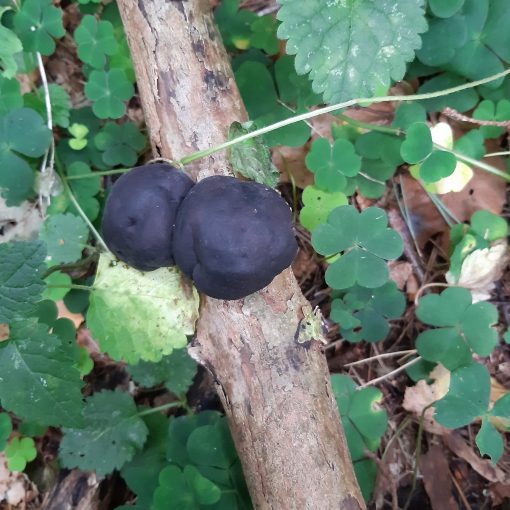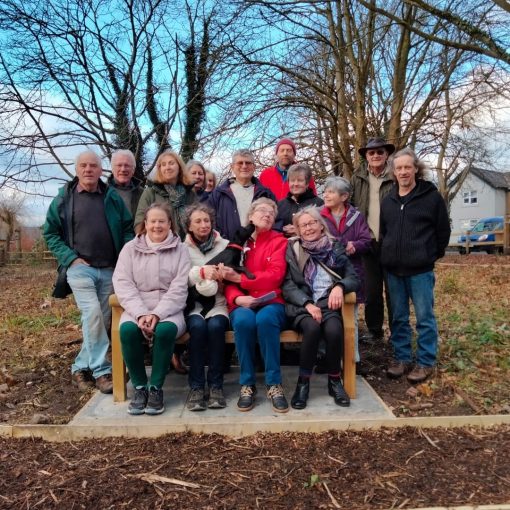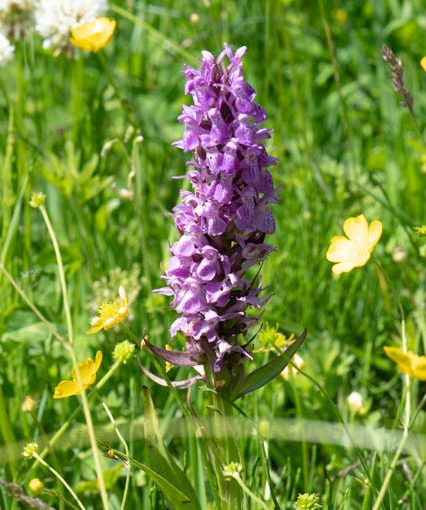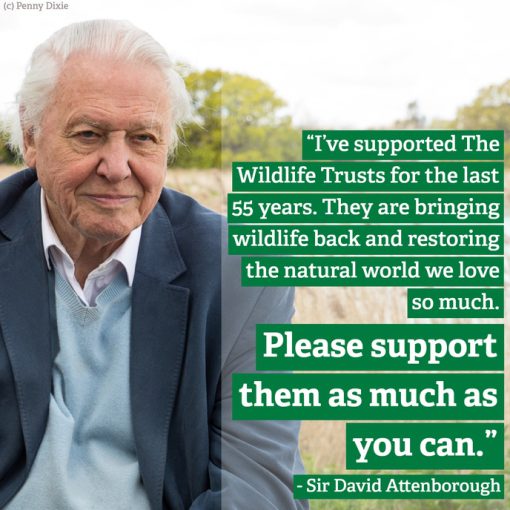THE ANSWER LIES IN THE SOIL!
From Phil Gifford’s July August 2022 article
JULY – Daughter of pastoral smells and sights
And sultry days and dewy nights
…. the month of summers prime
Again resumes her busy time
Scythes tinkle in each grassy dell
Where solitude was wont to dwell
And meadows they are mad with noise
Of laughing maids and shouting boys
Making up the withering hay
With merry hearts as light as play
AUGUST Harvest approaches with its bustling day
The wheat tans brown and barley bleaches grey
In yellow garb the oat land intervenes
And tawney glooms the valley thronged with beans
Silent the village grows, wood wandering dreams
Seem not so lovely as its quiet seems
From John Clare’s “The Shepherd’s Calendar – written in 1827
Clare’s amazing, at times idyllic poem is often quoted in the Norley News articles and on this occasion it is to highlight that agriculture, never a great friend of wildlife in his day has since morphed into Agribusiness which has been for decades and continues to be positively destructive.
Agriculture and particularly Agribusiness is the greatest cause of habitat destruction, of the global loss of wildlife and the greatest cause of the global extinction crisis. It’s responsible for about 80% of the deforestation that’s happened this century. Of 28,000 species known to be at imminent risk of extinction, 24,000 are threatened by farming. Only 29% of the weight of birds on Earth consists of wild species: the rest is poultry. Just 4% of the world’s mammals, by weight, are wild; humans account for 36%, and livestock for the remaining 60%.
Unless something changes, all this is likely to get far worse. In principle, there is plenty of food, even for a rising population. But roughly half the calories farmers grow are now fed to livestock, and the demand for animal products is rising fast. Without a radical change in the way we eat, by 2050 the world will need to grow around 50% more grain. How could we do it without wiping out much of the rest of life on Earth?
The following article https://www.theguardian.com/environment/2022/may/07/secret-world-beneath-our-feet-mind-blowing-key-to-planets-future was published at about the same time NWG visited Burleydam Farm on the borders of Cheshire and Shropshire and this confirmed the thrust of Monbiot’s article that Arthur Fallowfield(Beyond our Ken) was right. the answer to the above question really does lie in the soil.
We depend on it for 99% of our food, yet we are only just beginning to realise that beneath our feet is an astonishing ecosystem which almost beggars belief. It’s as diverse as a rainforest or a coral reef. Yet for thousands of years we have wrongly believed that this wafer thin cushion between rock and air can withstand all we throw at it and still support us
Under one square metre of undisturbed ground in the Earth’s mid-latitudes (which include the UK) there might live several hundred thousand small animals. Roughly 90% of the species to which they belong have yet to be named. One gram of this soil – less than a teaspoonful – contains around a kilometre of fungal filaments.
There are springtails – tiny animals similar to insects – in dozens of shapes and sizes. There are round, crabby mites which in some soils there are over half a million in every square metre. And don’t forget the earthworms. There are three major ecological groups of worms, epigeic /epi-endogeic, living mostly on the surface, endogeic, soil feeders living in networks of horizontal tunnels about 500mm deep and the large anecics, like lobworms fresh litter feeders burrowing over two metres, the ones responsible for worm casts
Before our visit soil to me was mostly a mass of ground-up rock and dead plants when actually it’s a biological structure, built by living creatures to secure their survival, like a termite mound or a beaver dam. Microbes make cements out of carbon, with which they stick mineral particles together, creating pores and passages through which water, oxygen and nutrients pass. The tiny clumps they build become the blocks the animals like worms in the soil use to construct bigger labyrinths.
It also reveals why soil can break down so quickly when it’s farmed. Under certain conditions, when farmers apply nitrogen fertiliser, the microbes respond by burning through the carbon: in other words, the cement that holds their catacombs together. The pores cave in. The passages collapse. The soil becomes sodden, airless and compacted, further compounded by increasingly heavier farm machinery.
So what did we learn from Richard Tomlinson at Burleydam Farm about Conservation agriculture that conserves this precious ecosystem yet still produces food commercially?
Never leave soil exposed as this destroys all life in the top 75mm of soil. Don’t plough as this destroys literally millions of worms that are the key in making the soil both fertile and porous. Use ground cover plants such as Phacelia; this provides food for pollinators and once chopped up essential food for worms. Seeds are drilled into the top layer. Digging up a spade full of soil was amazing, hundreds of worms at least as many as you would get in a compost heap but all doing a different job.
No fertilizers are used, skylarks nest there safely and good hedgerow practice means that birds scarce elsewhere such as yellowhammers are in abundance, they eat pests too.
Flock of Yellowhammers
It was a revelation showing how conservation agriculture is commercially viable yet still actually benefits biodiversity; surely it’s time to rethink how our countryside is farmed. Trashing the soil and wildlife for short term gain should be consigned to history.





